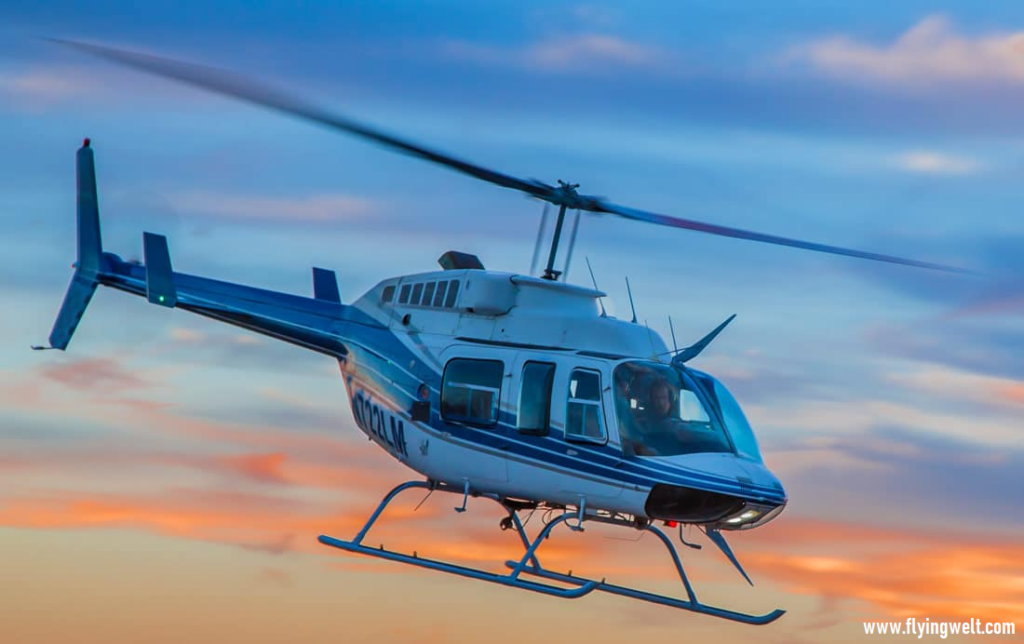The Bell 206 is a renowned family of helicopters known for their versatility, reliability, and adaptability. With its distinctive two-bladed main rotor and two-bladed tail rotor, the Bell 206 has become one of the most successful and widely used helicopters in the world. Originally introduced in the 1960s, this aircraft has since evolved into several variants, each tailored to specific mission requirements. Let’s delve into the features, capabilities, and applications that have made the Bell 206 a workhorse of the skies.
Compact and lightweight design
The Bell 206 features a compact and lightweight design, allowing for excellent maneuverability and versatility. Its two-bladed main rotor provides exceptional lift and stability, while the two-bladed tail rotor enables precise control during flight. Powered by a single turbine engine, the Bell 206 offers impressive performance with a maximum speed of approximately 120 knots (140 mph) and a range of around 375 nautical miles.
Three variants

The Bell 206 family encompasses various models, including the original Bell 206A, Bell 206B JetRanger, and Bell 206L LongRanger. The JetRanger version, with its seating capacity of up to four passengers, gained immense popularity in the civilian market, serving purposes such as executive transport, aerial photography, and law enforcement. The LongRanger variant offers an extended fuselage, accommodating up to seven passengers, making it an excellent choice for utility and tourism operations.
Versatile Applications

The Bell 206 has proven its adaptability across a wide range of industries and applications. In the realm of emergency medical services (EMS), it serves as an efficient air ambulance, swiftly transporting patients to medical facilities in critical situations. Additionally, the helicopter’s agility and maneuverability make it an ideal platform for aerial law enforcement, including surveillance, search and rescue, and border patrol missions.
Offshore Operations
Due to its reliability and performance in challenging maritime environments, the Bell 206 is frequently employed in offshore operations. It serves as a vital transport link for personnel commuting to and from oil rigs, enabling efficient crew changes and logistical support. The helicopter’s ability to land on confined helidecks makes it an indispensable asset in the oil and gas industry.
Military and Defense

The Bell 206 has also made its mark in military applications. Several armed forces worldwide utilize this versatile helicopter for various roles, including reconnaissance, training, and light utility missions. Its compact size, ease of maintenance, and cost-effectiveness have made it an attractive option for militaries operating in diverse terrains.
Over the years, the Bell 206 has undergone numerous upgrades and advancements to ensure it remains a capable and reliable platform. Modern variants incorporate advanced avionics, digital systems, enhanced safety features, and improved engine performance, further augmenting its operational capabilities.

The Bell 206 has established itself as a versatile workhorse, consistently delivering performance and adaptability across a range of industries and applications. With its agility, reliability, and ongoing enhancements, this helicopter has become a trusted choice for civilian, military, and commercial operators worldwide. As the aviation industry progresses, the Bell 206 continues to prove its worth as a versatile and reliable aircraft, cementing its position as an iconic and invaluable asset in the skies.
